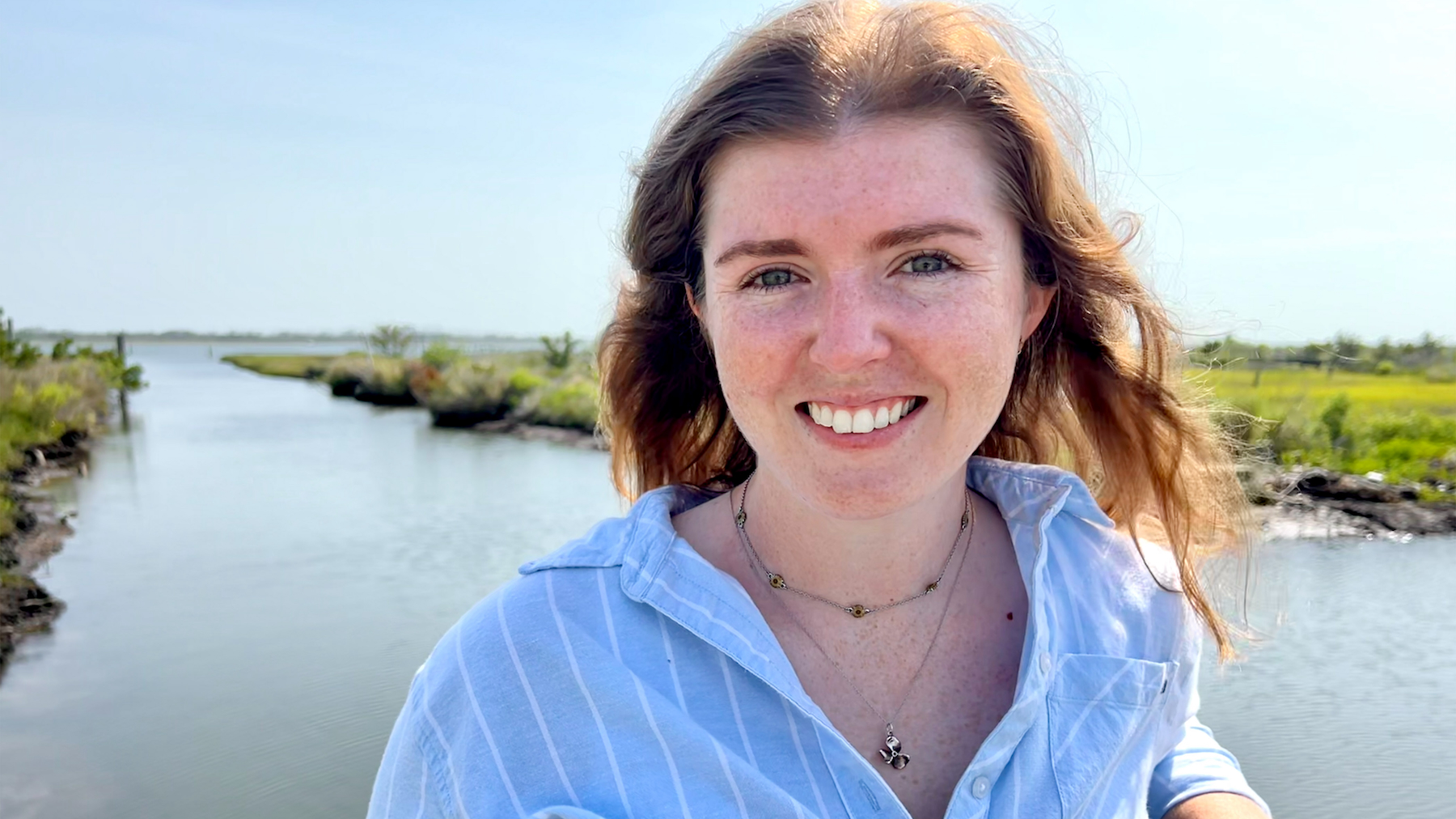What is Causing Marine Mammal Strandings along Coastal NC?

Morehead City, NC – In the past four years, an average of ninety-two marine mammal strandings per year have occurred along the central coast of North Carolina (NC). According to Dr. Vicky Thayer, Marine Mammal Stranding Coordinator for the NC Division of Marine Fisheries, NC “has the highest diversity of marine mammal strandings of any state, including Florida.” For example, in 2023, the variety of species that stranded in NC included: Gervais’ beaked whale, North Atlantic right whale, short-finned pilot whale, Atlantic spotted dolphin, striped dolphin, manatee, harbor porpoise, dolphin, grey seal, bottlenose dolphins, short-beaked common dolphin, pygmy sperm whale, Risso’s dolphin, sei whale, humpback whale, and sperm whale.
Last month, two sperm whales stranded and died along the eastern NC coast within two weeks of each other. Why? While some people subscribe to the theory that wind turbines are causing marine mammal strandings and deaths, the National Oceanic and Atmospheric Administration (NOAA), says there is no evidence that offshore wind development/turbine use is causing these strandings or deaths. Thayer, along with director of the Marine Health Program at CMAST, Dr. Craig Harms, agree, and want to create awareness of the real reasons more strandings are occurring in our waters.
Thayer says, “I agree with NOAA that there is no evidence that noise related to offshore wind site characterization surveys or development has been linked to strandings.” Harms concurs. “We see clear evidence of human-caused marine mammal strandings and death, including ship strikes, entanglement and plastic ingestion, and there are well-documented instances of noise-induced strandings elsewhere.” However, “We have yet to experience offshore wind activities to anywhere near the extent of shipping and fishery activities (and even less so for wind energy development in NC). And yet we still have 80 – 100 marine mammal strandings per year in NC.”
Thayer says the likelihood of determining the cause of death of these animals “depends on how quickly the stranding is reported, how fresh the carcass is (often carcasses are not fresh when encountered), whether we can access it before tides wash it away, and if we have the funds to analyze tissues.” As Harms mentioned, necropsies sometimes indicate that human-related activities are the cause of death.
In addition to human causes, necropsy results can also indicate natural causes of death, such as diseases, predation (sharks) and marine mammals killing other marine mammals (e.g., infanticide is documented in bottlenose dolphins), as well as old age, birthing difficulties, or pregnancy complications. Therefore, despite the unfounded theory that wind energy development is causing marine mammals to strand and die, there are other more credible and documented reasons for their deaths.
When asked about the process for handing a stranding, Thayer says every stranding event is different and can be affected by weather, tidal effects, sea conditions, and other factors. For example, “Transportation to remote sites in central coastal NC and on the Albemarle and Pamlico shores and adjacent rivers and bays can be complex, often requiring trucks, boats, and ATV’s.”
When a stranding is reported, stranding personnel respond and others are alerted, “including veterinarians and the NOAA regional stranding coordinator if the animal is live, or a rare species,” says Thayer. “Responders go to the animal, assess, and provide supportive care, and veterinarians may humanely euthanize to minimize suffering if there is no option for refloating or rehabilitation. Individually stranded animals are usually severely ill and near death, not simple accidental strandings, and the closest rehab facilities are Maryland or Florida. Most live stranded animals would expire en route, even if these facilities had the personnel and funds to accept a live stranded animal.”
Thayer goes on to say, “We try to learn as much as possible from each stranded marine mammal. If a marine mammal is dead and strands along the central coast of NC, we either transport the animal back to the NC State University CMAST lab for necropsy, or a beach necropsy is conducted. We often collaborate with our NC/VA Marine Mammal Stranding Partners, including but not limited to the Virginia Aquarium, NC Wildlife Resources Commission, NC Aquariums, NC State College of Veterinary Medicine, Alligator River and Pea Island Wildlife Reserves, Cape Hatteras and Cape Lookout National Seashores, NC Division of Marine Fisheries, Bonehenge Whale Center, NC Maritime Museum, Duke Marine Lab, NOAA Beaufort Lab, University of NC Wilmington, University of NC Institute of Marine Sciences, and State Parks including Goose Creek, Fort Macon, and Bear Island.”
All marine mammals are protected by the Marine Mammal Protection Act, which makes it illegal to feed, touch, or harm these animals. To help reduce marine mammal strandings and mortalities, avoid buying balloons, but always recycle or properly dispose of them if you do buy them. If you fish, keep track of your gear and recycle monofilament line. If you come across a marine mammal that is stranded in central coastal NC, report it immediately to 252.241.5119.


